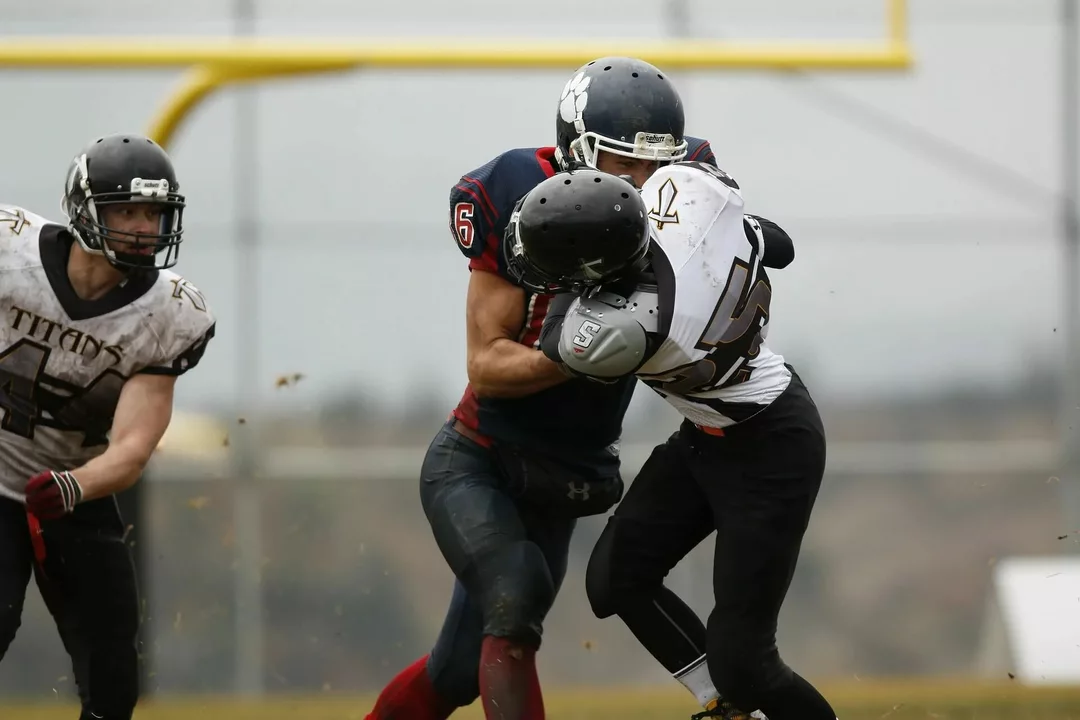Health and Sports – Rugby Safety and Player Wellness
Welcome to the Health and Sports hub at Blyth Rugby Football Club. If you’re a player, parent, or coach, you’ll find straight‑forward advice on staying healthy on and off the pitch. We’ll break down the big worries—like head injuries and overall fitness—so you can play with confidence and enjoy the game longer.
Understanding CTE and Why It Matters
CTE (Chronic Traumatic Encephalopathy) is a brain condition linked to repeated blows to the head. It’s not a mystery disease; it shows up after years of concussion‑type impacts. For high‑school rugby players, the risk is real because the sport’s contact nature means head collisions happen often. Recognizing the signs—memory lapses, mood swings, headaches—early can make a huge difference. The good news is that with proper education and vigilance, you can keep the risk low.
Practical Steps to Reduce Head Injury Risks
First, wear the right protective gear. A certified scrum cap or headguard can cushion blows and stop cuts. Second, master safe tackling techniques. Keep the head up, shoulders leading, and avoid driving the shoulder into an opponent’s head. Third, practice good concussion protocols: if a player feels dizzy, confused, or sees double, they stay out of the game until a qualified adult clears them. Coaches should run quick drills that reinforce these habits every week.
Outside of the game, fitness matters too. Strong neck muscles help absorb impact, so include simple neck exercises—like chin tucks and resisted rotations—in regular workouts. Core stability also reduces the chance of awkward falls. A balanced diet with protein, carbs, and healthy fats fuels recovery and keeps the brain fed with essential nutrients.
Parents play a key role. Talk openly with your teen about the signs of concussion and why “playing through the pain” isn’t heroic. Encourage them to report any head knock, even if it feels minor. When they’re cleared to return, follow a step‑by‑step protocol: light aerobic activity, then sport‑specific drills, and finally full contact practice before a match.
Coaches, you can set the tone by making safety a non‑negotiable part of team culture. Hold brief safety talks before every training session, and reward players who demonstrate good technique. Use video analysis to show proper form, and don’t shy away from calling a timeout if you see risky behavior.
In short, worrying about CTE is natural, but it doesn’t have to hold you back. By combining the right gear, smart training, and a clear concussion plan, you protect your brain while still enjoying the thrills of rugby. Keep these tips in mind, stay informed, and keep the game safe for everyone.
The World's Worst Sex Advice and Why It Still Persists
The world is flooded with dangerous, outdated, and false sex advice that harms intimacy and self-worth. From porn myths to pressure to perform, this article exposes the worst advice and offers real, human-centered alternatives.
Should a high school rugby player be worried about CTE?
As a high school rugby player, the concern about CTE (Chronic Traumatic Encephalopathy) is definitely something to be aware of. This degenerative brain disease is linked to repeated head injuries, which can be quite common in contact sports like rugby. However, it's important to remember that wearing proper protective gear and practicing safe playing techniques can significantly reduce the risk. It's also crucial for coaches, parents, and players to be educated about the signs and symptoms of concussions and to take them seriously. In summary, while CTE is a valid concern, taking necessary precautions and staying informed can help minimize the risk for high school rugby players.

